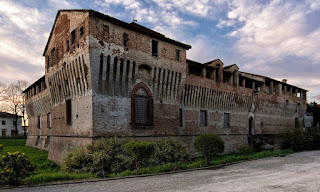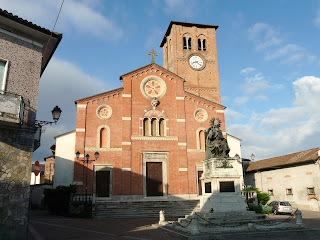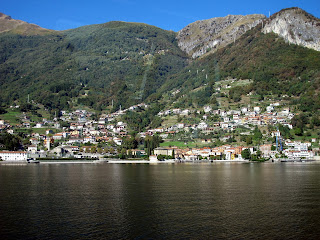Prolific opera composer was ahead of his time
Baroque composer Alessandro Scarlatti was born on this day in 1660 in Palermo.
 |
| Alessandro Scarlatti |
Scarlatti is believed to have been a pupil of Giacomo Carissimi in Rome. When his opera Gli equivoci nel sembiante was produced in the city he gained the support of Queen Christina of Sweden, an enthusiastic patron of the arts who had taken up residence there. He became her maestro di cappella and joined the Arcadian Academy she had founded.
Along with composers Bernardo Pasquini and Arcangelo Corelli, he regularly visited her home to perform music he had dedicated to her.
In 1684 Scarlatti became maestro di cappella to the royal family in Naples and produced a series of operas and music for state occasions for them.
Scarlatti also enjoyed the patronage of Ferdinando de' Medici and composed operas for his private theatre near Florence. He was also maestro di cappella for Cardinal Pietro Ottoboni who procured him a post at the Basilica di Santa Maria Maggiore in Rome.
It was in Rome that Scarlatti produced some of his best operas and church music but he eventually retired to live in Naples where he died in 1725.
Scarlatti’s music formed an important link between the early Italian Baroque vocal style of the 17th century and the classical school of the 18th century and anticipated the work of later composers such as Mozart and Schubert.
Il Mitridate Eupatore, composed for production during the Carnival in Venice in 1707, is thought to be his masterpiece. He also wrote hundreds of chamber cantatas for a solo voice.
 |
| The Palazzo Farnese is now the home of the French Embassy in Campo De' Fiori in Rome |
Palazzo Farnese, where Scarlatti was a guest of Queen Christina of Sweden at gatherings of the Arcadian Academy, is in Piazza Farnese in the Campo De’ Fiori area of Rome. It is now being used as the French Embassy. Queen Christina was given permission to lodge in this important Renaissance building by Pope Alexander VII because when she first came to live in Rome it was standing empty, following the death of Cardinal Odoardo Farnese.
Travel tip:
Palermo, where Alessandro Scarlatti was born, is the capital of Sicily. It is famous for its history, culture, architecture, food and wine. It has examples of Romanesque, Gothic and Baroque churches and palaces. Palazzo dei Normanni, a marvellous example of Norman architecture, is the seat of the Sicilian Regional Assembly. The Teatro Massimo, the biggest theatre in Italy, has staged operas starring Enrico Caruso.
More reading:
Why Arcangelo Corelli was a major influence on the development of music
Bernardo Pasquini's life as opera composer to a queen
Giovanni Borelli, the 17th century Neapolitan physiologist who was first to explain movement
Also on this day:
1913: The birth of Maserati designer Pietro Frua
1930: The birth of radical politician and campaigner Marco Pannella
(Photo of Palazzo Farnese by Myrabella CC BY-SA 3.0)
Home















